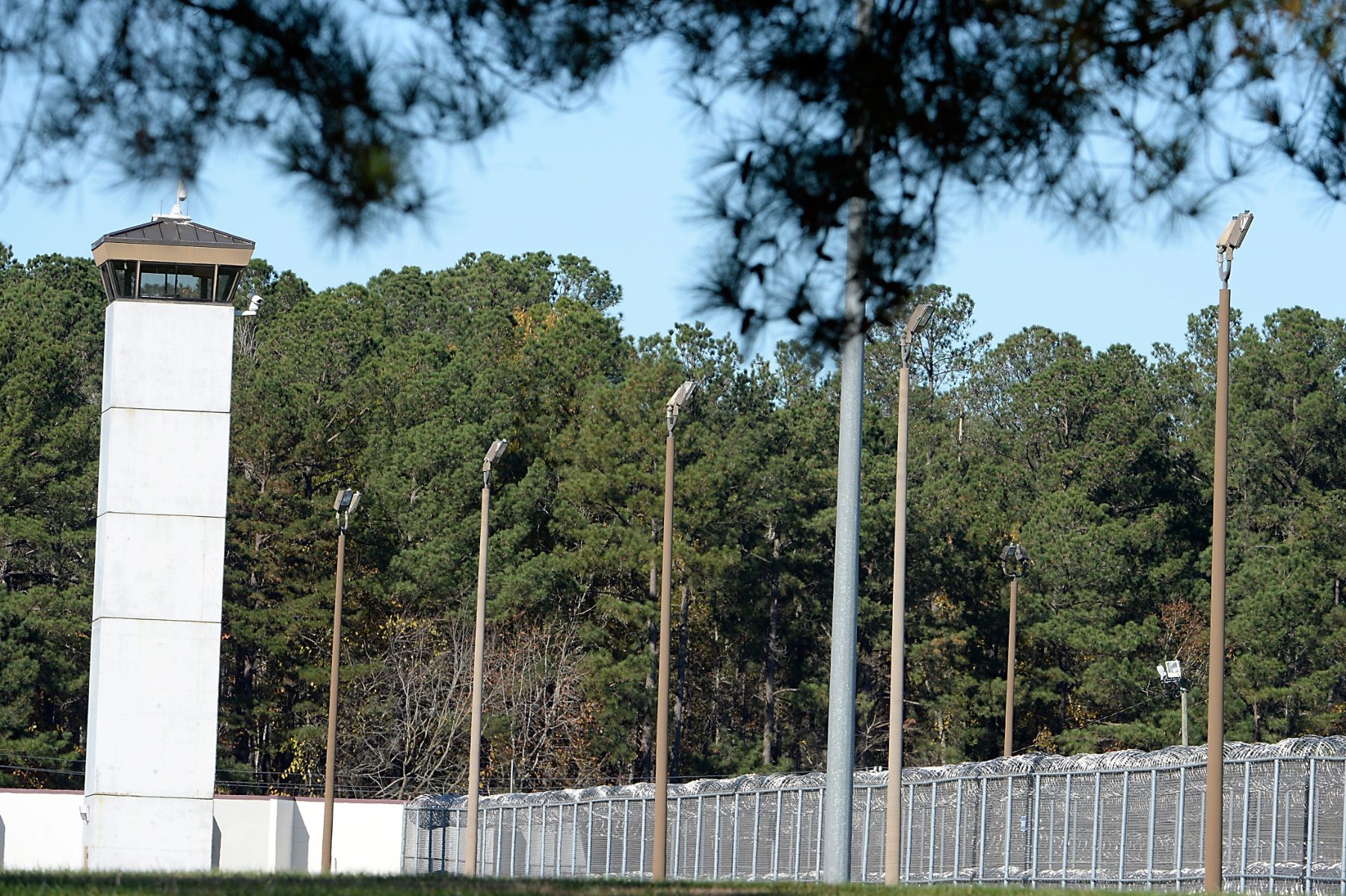The Biden administration has restored guidelines requiring federal prisons to consider the safety of transgender people when deciding where to house them, a policy the Trump administration rescinded in 2018.
The Bureau of Prisons (BOP) has reissued its Transgender Offender Manual, which once again includes the Obama-era policy, Kristie Breshears, chief of public affairs for the agency, confirmed in a statement to The 19th. Under Trump, transgender people in federal prisons were housed based on sex assigned at birth alone. Biden’s policy builds off the Obama-era guidance and goes a step further, requiring prison staff to use a transgender person’s lived name and pronouns.
“After reviewing our policy regarding transgender inmates, we have made several updates to meet the community standard of medical and mental health care, appropriately manage and support the offenders, and meet legal requirements as determined by case law, statutes, and federal regulations,” BOP said in a statement.
The new policy moves toward fulfilling Biden’s campaign promise to combat widespread abuse facing transgender people behind bars. An NBC News investigation in 2020 found that of the nearly 5,000 transgender people detained in state prisons, just 15 total had been housed according to their lived genders, exposing them to discrimination, harassment and sexual assault. A 2015 report by the Department of Justice found that 35 percent of transgender people who had spent time in prison in the previous year reported being sexually assaulted behind bars.
The new policy will only impact federal prisons, however, where there are currently approximately 1,300 transgender people in custody, according to Breshears.
Rodrigo Heng-Lehtinen, executive director of the National Center for Transgender Equality, hailed the change as a step in the right direction.
“BOP policy absolutely needed updates to improve the safety and well-being of those on the inside, especially on issues of placement and health care,” he said in a statement to The 19th. “Further change is still needed. Even with these reforms, detention is inherently unsafe for transgender people. Alternatives to incarceration should be expanded and these new standards need to be consistently enforced.”
Advocates worry that this may be a challenge. Like the Obama-era rules, the new manual uses language found in the 2003 Prison Rape Elimination Act, which requires jails and prisons to place transgender people on “a case-by-case basis.” The law intended to prevent transgender people from being housed based on birth sex alone, but it also never spelled out what “case-by-case” meant, allowing states to claim they had carefully considered each placement even if every one of their 1,000 transgender prisoners was housed according to sex assigned at birth.
Sasha Buchert, a senior attorney at Lambda Legal who advised the manual’s writers, said her organization sees the policy as a start.
“I am hopeful that the spirit of the policy is clear that they transfer people appropriately and that they will provide [health]care, but you know, we’ll be watching like a hawk,” she said.
Buchert hopes the new policy signals more work on criminal justice and LGBTQ+ issues to come from the Biden administration.
“And because this is viewed as a model across the country, the Federal Bureau of Prisons policy, hopefully it will set a precedent and a tone for state prison systems to adopt something along these lines,” she said.






